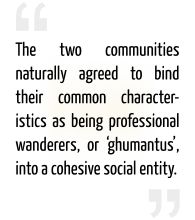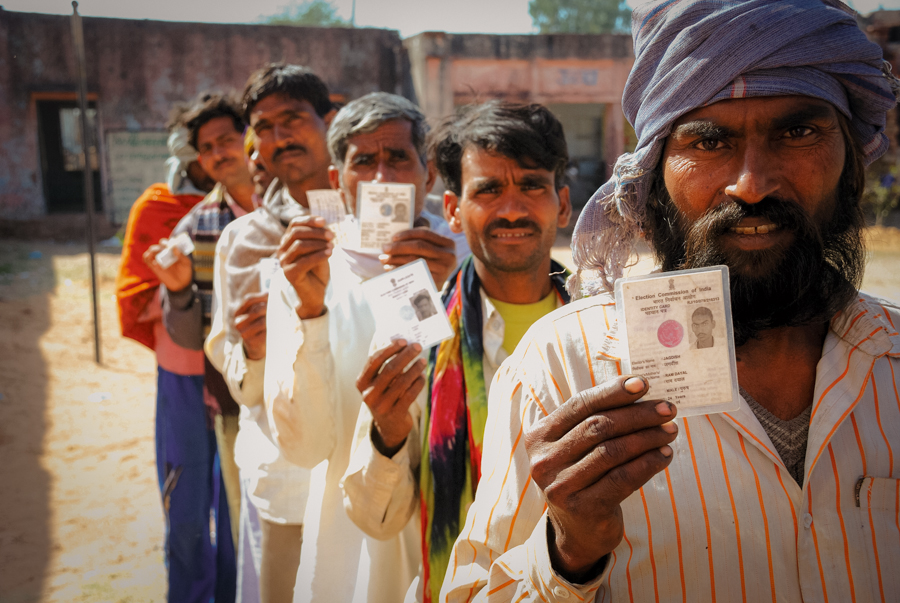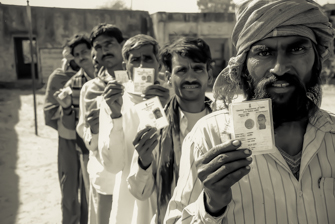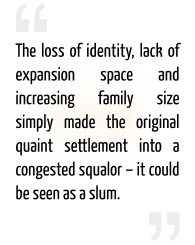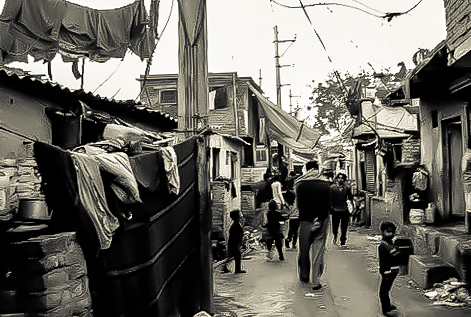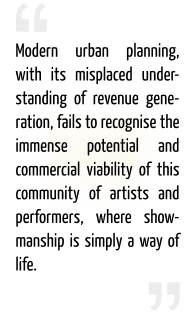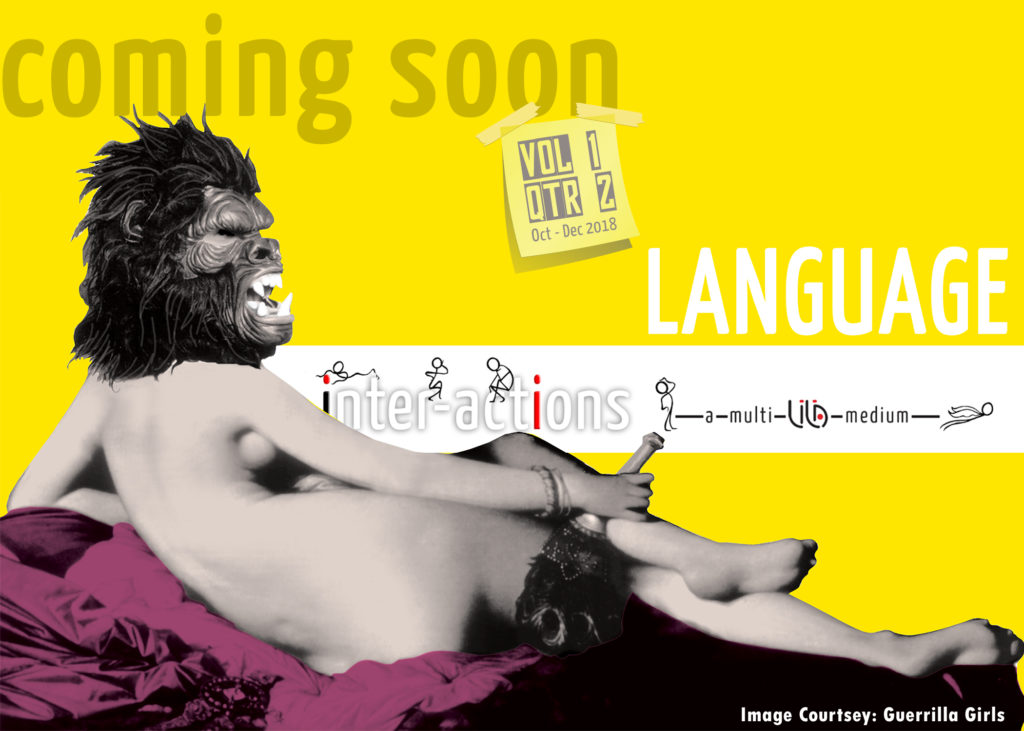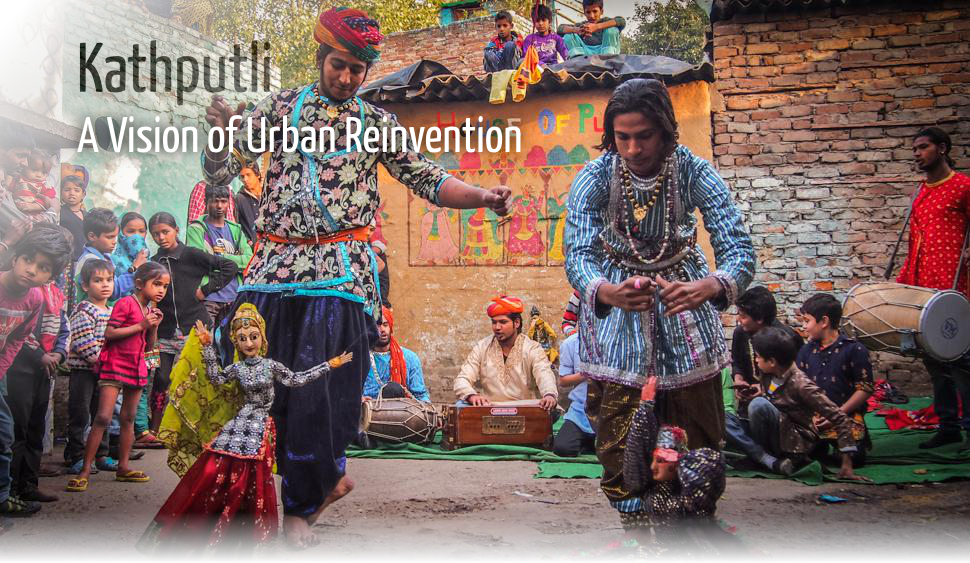
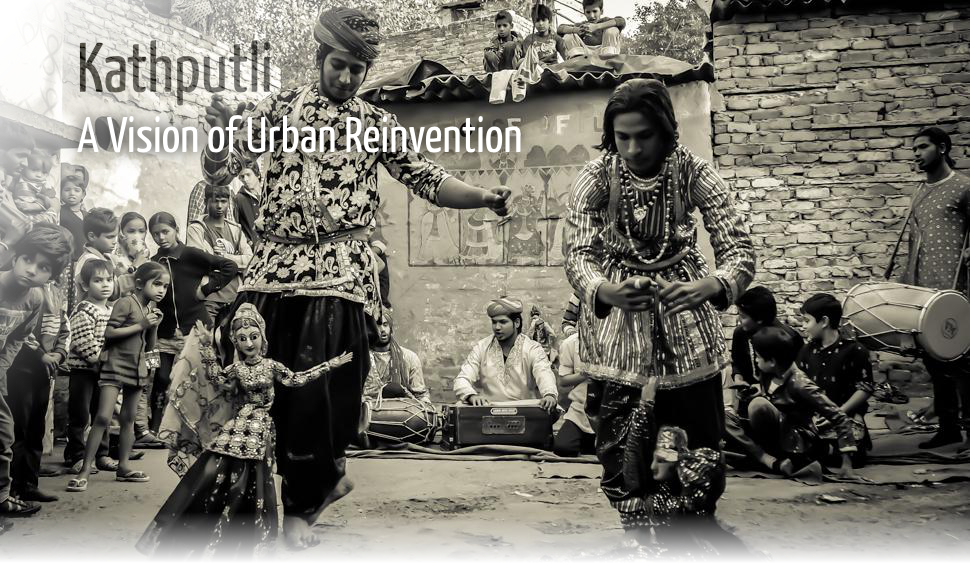
17 March 2014Where does art live in our cities? Culture industry ‘appropriately’ labels tangible forms of creativity as ‘arts’ and ‘crafts’, and employs artificial socio-economic yardsticks to separate performance locations. But living art is not bound within the walls of convenience at sites such as Kathputli in Delhi’s Shadipur. The colony has been a cauldron of contemporaneity, a throbbing dream of sustenance for many itinerant artists. Yet today, the all-pervasive ‘urban development’ is forcing hundreds of artists to shift from their self-made neighbourhood into inappropriate dwelling places. Along with Holi colours, this week LILA Inter-actions brings you the passionate voices of two artists from Kathputli. Rahman Shah, magician, contrasts his bright memories of the last four decades with the daily pressures of his practice. Puran Bhaat, puppeteer, reflects on the inadequacies of urban planning, and suggests ways to be inclusive. And, Prof. Tapan Chakravarty widens the picture to discuss the underlying historical and political complexity of Kathputli where art is indeed a dear way of life. |
Hold the cursor on the illustrations to display descriptions.
An Urban OpportunityTapan Chakravarty |
_Continued |
|
Principally, all the dwelling units were ‘tented’. But two different kinds of tents meant the co-existence of two seemingly similar communities – two cultural groups? – which formed the social unit of this extraordinary settlement. It was the shapes of their tents that first led us to notice the distinction, and our curious enquiry opened up a wonderland for our eyes. A native vernacular history of almost mythical antiquity unfolded, one that we were never taught in any history book or curriculum. This was the amazing world of street performers and artists, whose silent contributions have been such an intrinsic part of India’s identity, character and mystery.
Both the communities were travelling itinerants. One group comprised of perennial travelers with no distinctly identifiable native place; they were gypsies. The other group comprised of seasonal travellers clearly originating from several districts of present day Rajasthan. The latter being largely puppeteers or Kathputli-walas; and somewhat larger in numbers, it inspired the present naming of the settlement: Kathputli Colony. The former, the homeless gypsies, as a mixed group of several street artists (magicians, acrobats, animal trainers, etc.), lived comfortably along with the puppeteers in absolute friendly co-existence. The two communities naturally agreed to bind their common characteristics as being professional wanderers, or ‘ghumantus’, into a cohesive social entity. Identity records remain an issue for the settled communities of artists in Shadipur. The gradual shifting away from a predominantly wandering to a somewhat settled way of life is a result of the present day pressures of modern society. Passports, ration-cards, Aadhar-cards or voters-IDs are real life issues to be dealt with. Through the centuries, these communities have been engaging with the various places in Delhi. Their shifting ‘camping grounds’ from near Mehrauli, Kilokri, Shahjahanabad and eventually Shadipur may be evidenced from their collective memory. Storytellers by birth, their verbal history is worth recording and preserving, to be added to the history and heritage of the city of Delhi, poised to be a World Heritage City in the near future. As we move towards a gradually vehicular urbanization of all our cities, these traditional artists find their urban spaces vanishing and themselves squeezed out of the bandwagon of urban development. A unique and spontaneous settlement of itinerants was succinctly labeled as an ordinary squatter settlement – “jhuggi-jhompdi” colony – which took away any semblance of identity as artists and performers, and gradually attracted all and sundry to seek residence in the still largely available unused open land next to the railway tracks. The 400 strong original settlement quadrupled in a couple of decades, as many others (non-artists and non-performers) kept adding to the crowd. They hoped for something positive to eventually emerge out of the ‘squatter settlement’ tag given by the urban planners. Unknowingly, though, these squatters… ↗ |
… harmed the street artists enormously as their dis-proportionate numbers reduced the artists and performers to a mere percentage of the extended settlement. The loss of identity, lack of expansion space and increasing family size simply made the original quaint settlement into a congested squalor – it could be seen as a slum. The pretty tents with mud-toe walls gradually gave way to brick-cement-steel hutments that not only became environmentally unfriendly but also created victims and perpetrators of unhygienic living conditions. All these happened in a little over two decades, while the city’s decision-makers continued to ignore pleas of recognition and assistance. The price of anonymity and apathy was severe and most unfortunate. The urban authorities, conventionally blind to social and cultural identities, now had even lesser reasons to acknowledge the significance of this dwindling community of traditional artists and performers. Today, the hapless inhabitants of this unique settlement are at the threshold of being bundled out of the very space that they called their home for generations. An unclear proposal of ‘legal houses’ has been issued; the residences would be designed on the principles of commercially viable resettlement housing units and condominiums in abject disregard to their needs and way of life. For years this parcel of land in Shadipur lay wasted, with the urban executives waiting for it to become ‘profitable’. Once the metro operations touched its edge, the site became an invaluable urban precinct. This concept of commercially mining urban land has been the bane of post-independence urban planning. It has done more harm than good to the ordinary citizen, and encouraged profiteering by real estate businesses who have contributed little to the quality of life for the urban population. On the other hand, the existing inhabitants at the site, who willy-nilly used this long wasted piece of land for living and working, have ironically become culprits of urban land grabbing – or simply said, ‘encroachment’. Such are the perceptions and policies of modern urbanism.
Modern urban planning, with its misplaced understanding of revenue generation, fails to recognise the immense potential and commercial viability of this community of artists and performers, where showmanship is simply a way of life. The urban executives fail to recognize the possibility of rediscovering the urban street; they add to the crying need to encourage pedestrian activities in our metros by utilizing the occupational traits of this community of street artists and performers. The glaring absence of walkable footpaths, interactive public spaces and pedestrian friendly urban activities, as well as the recent cries for ‘eyes on streets’ to counter the spurt of urban crimes, are all outcomes of such an apathetic attitude of the authorities. There is high merit in recognizing this community’s inherent abilities to participate in the development of Delhi’s street culture. They must be promoted, along with the cultures of street-foods, native art forms and various other intangible urban heritage of this glorious capital city. It is undoubtedly possible to architecturally reorganise the present settlement for residential and institutional purposes (mixed land use) by proposing an urban cultural precinct satisfying various needs at once. It could include auditoriums, amphitheatres and workshops for recreation, and could satisfy the fields of tourism, entertainment and education seamlessly through their residences and work spaces. It could become a new and innovative model of urban redevelopment and revitalization. Tapan Chakravarty is currently a Professor at Pearl Academy, heading the Department of Interior Architecture & Product Design. Teaching, consulting and practicing in Delhi/NCR for over twenty-five years, his interests lie in History of Habitation, Vernacular Dwellings & Organic Settlements. Tapan completed his Bachelor of Architecture & Masters in Urban Design from New Delhi, and PGC in Higher Education from UK.
|
Disclaimers: The opinions expressed by the writers are their own. They do not represent their institutions’ view.
LILA Inter-actions will not be responsible for the views presented.
The images and the videos used are only intended to provide multiple perspectives on the fields under discussion.
Images and videos courtesy: Pooja Pant for Soul City Arts | India TV News | Luigi Baldelli for Parallelozero | Jim Goldblum and Adam Weber | Web Neel | Star Property Jangpura | Akif Ahmad for The Caravan | Pooja Pant
Share this debate… |
… follow LILA… |
||||

 I am a street magician. I belong to the gypsy clan of Shadipur. I have been living in the Kathputli Colony for almost 40 years. When you speak of art and its conservation, there have always been problems, since the very beginning, and it has always been the artist who has tried to save it, despite everyday problems.
I am a street magician. I belong to the gypsy clan of Shadipur. I have been living in the Kathputli Colony for almost 40 years. When you speak of art and its conservation, there have always been problems, since the very beginning, and it has always been the artist who has tried to save it, despite everyday problems.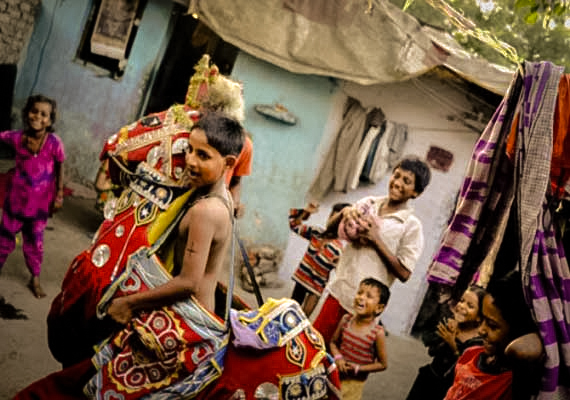
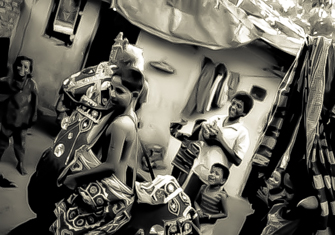
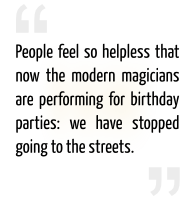
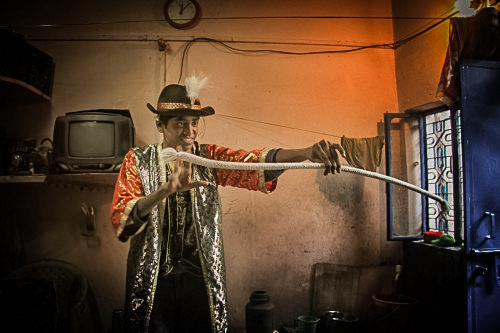
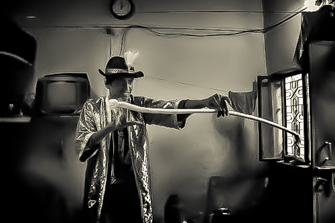

 We are Ghumantu – travelling artists – who have come to Kathputli colony at Shadipur from Nagaur in Rajasthan. I am a traditional Rajasthani puppeteer. I came to Kathputli with my parents and wife years ago. Puppetry has been our ancestral profession and art form, which we have learnt from our grandfathers, who passed it on from generation to generation. It has survived till today because we live in such an environment, and as long as we live together, we will make every effort to keep it alive.
We are Ghumantu – travelling artists – who have come to Kathputli colony at Shadipur from Nagaur in Rajasthan. I am a traditional Rajasthani puppeteer. I came to Kathputli with my parents and wife years ago. Puppetry has been our ancestral profession and art form, which we have learnt from our grandfathers, who passed it on from generation to generation. It has survived till today because we live in such an environment, and as long as we live together, we will make every effort to keep it alive.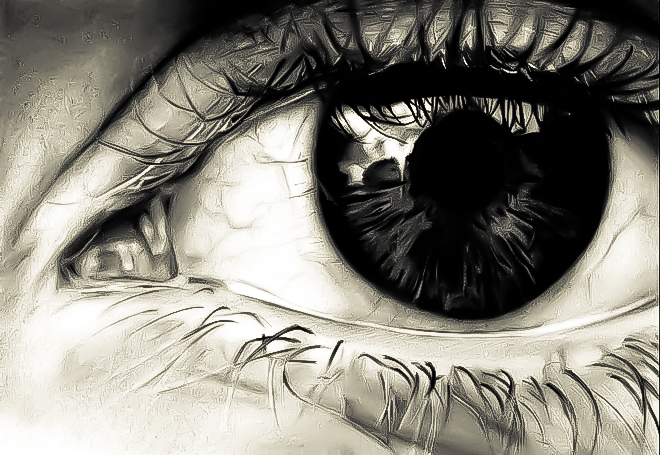
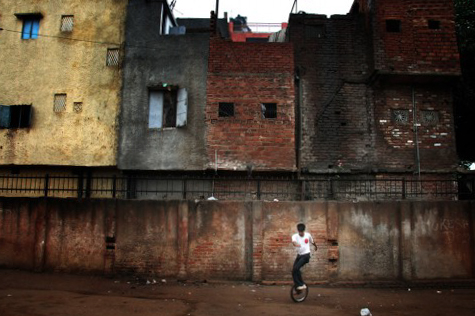
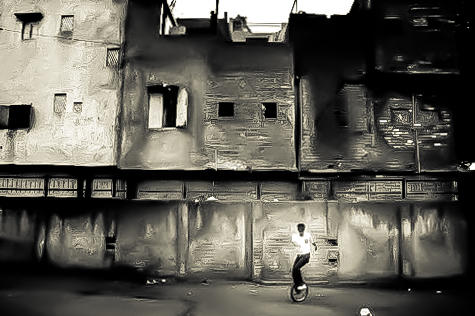

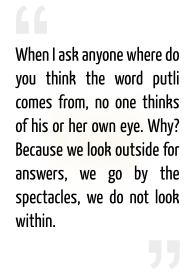
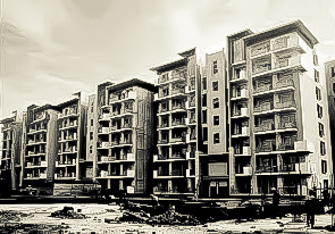
 Kathputli Colony at Shadipur, New Delhi, brings back memories that began some thirty years ago. It was 1983 when, as a student of architecture, I got introduced to this site through an opportunity to survey the settlement under the guidance of a senior practicing architect. My work for the UG final year thesis project – to appropriate a renewed settlement for the inhabitants of the colony at Shadipur itself – till this day remains a resource that provides me with the fundamental understanding of the architecture of human dwelling as a series of discoveries in the realm of human habitation. It will be a tragedy if we lose such living evidences of intuitive architectural practice; it is fast deteriorating at the present site and it needs to be reinvented with sensitivity. Far from being messy or dirty, this settlement was like an urban synthesis of a rural habitat. A motley group of a little over 400 tiny and compact dwelling units were neatly packed into a spontaneous settlement that demonstrated a different quality of life, experienced and showcased at once by its colorful inhabitants.
Kathputli Colony at Shadipur, New Delhi, brings back memories that began some thirty years ago. It was 1983 when, as a student of architecture, I got introduced to this site through an opportunity to survey the settlement under the guidance of a senior practicing architect. My work for the UG final year thesis project – to appropriate a renewed settlement for the inhabitants of the colony at Shadipur itself – till this day remains a resource that provides me with the fundamental understanding of the architecture of human dwelling as a series of discoveries in the realm of human habitation. It will be a tragedy if we lose such living evidences of intuitive architectural practice; it is fast deteriorating at the present site and it needs to be reinvented with sensitivity. Far from being messy or dirty, this settlement was like an urban synthesis of a rural habitat. A motley group of a little over 400 tiny and compact dwelling units were neatly packed into a spontaneous settlement that demonstrated a different quality of life, experienced and showcased at once by its colorful inhabitants.